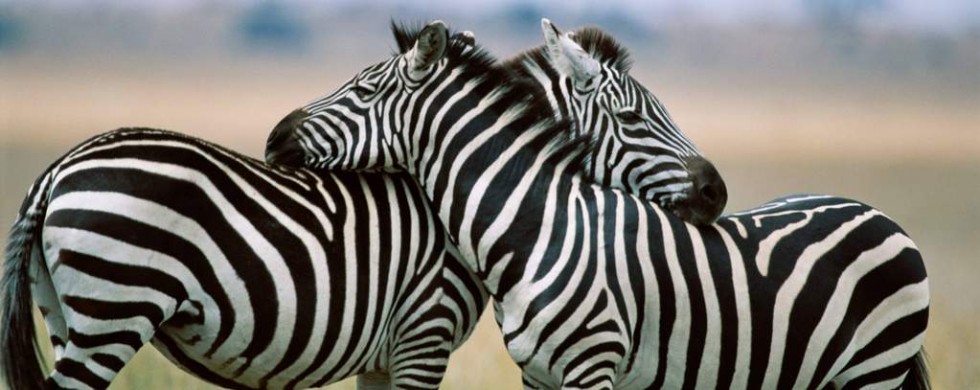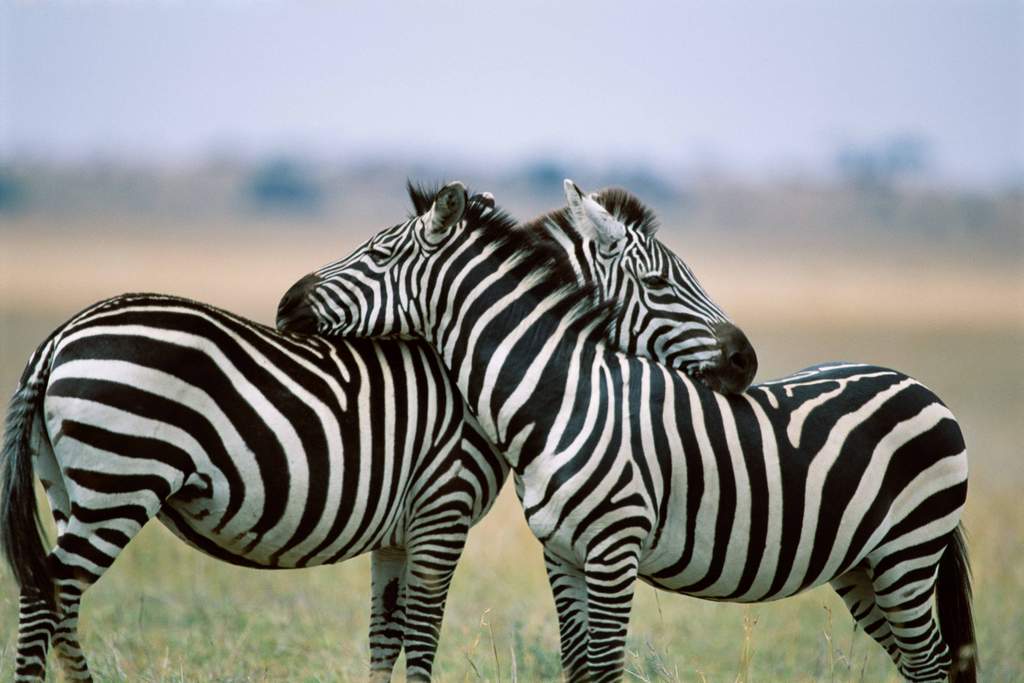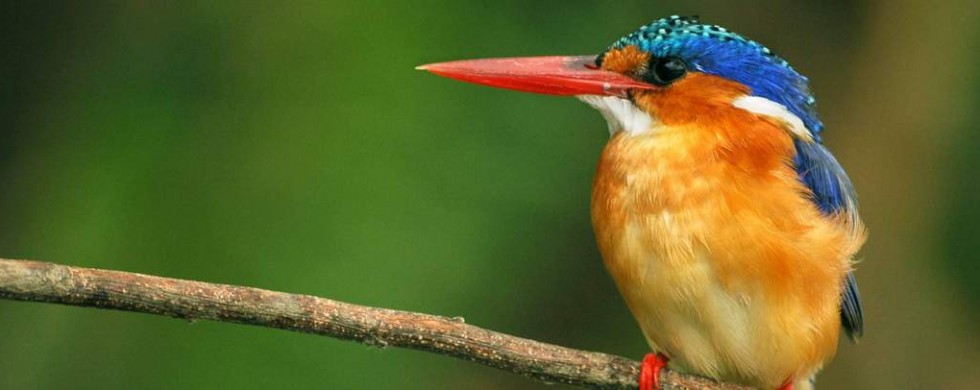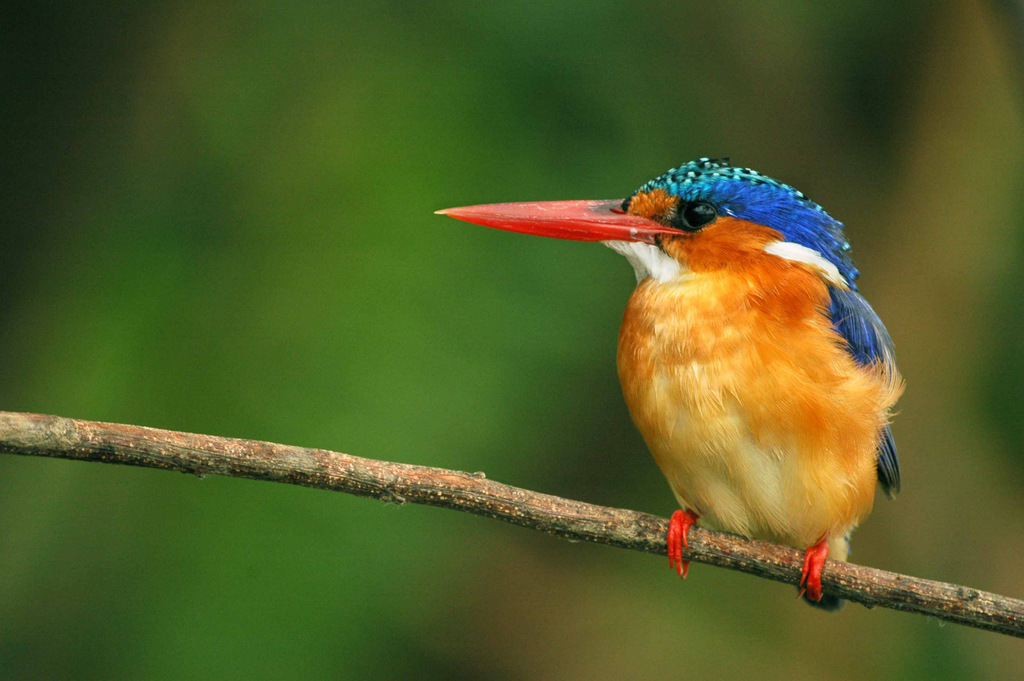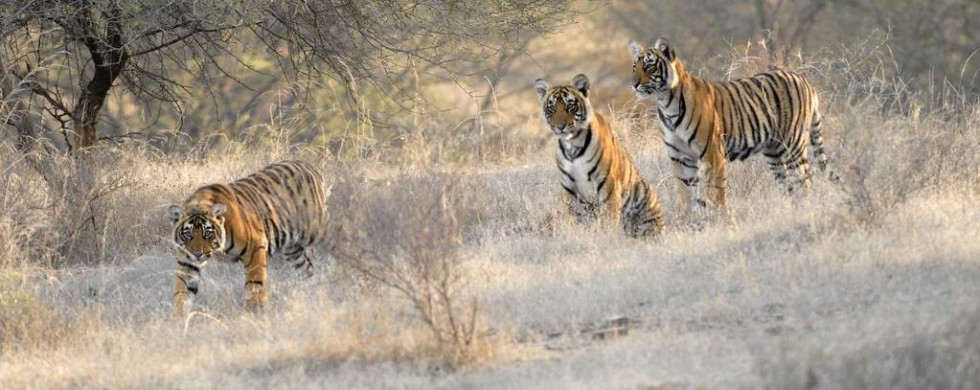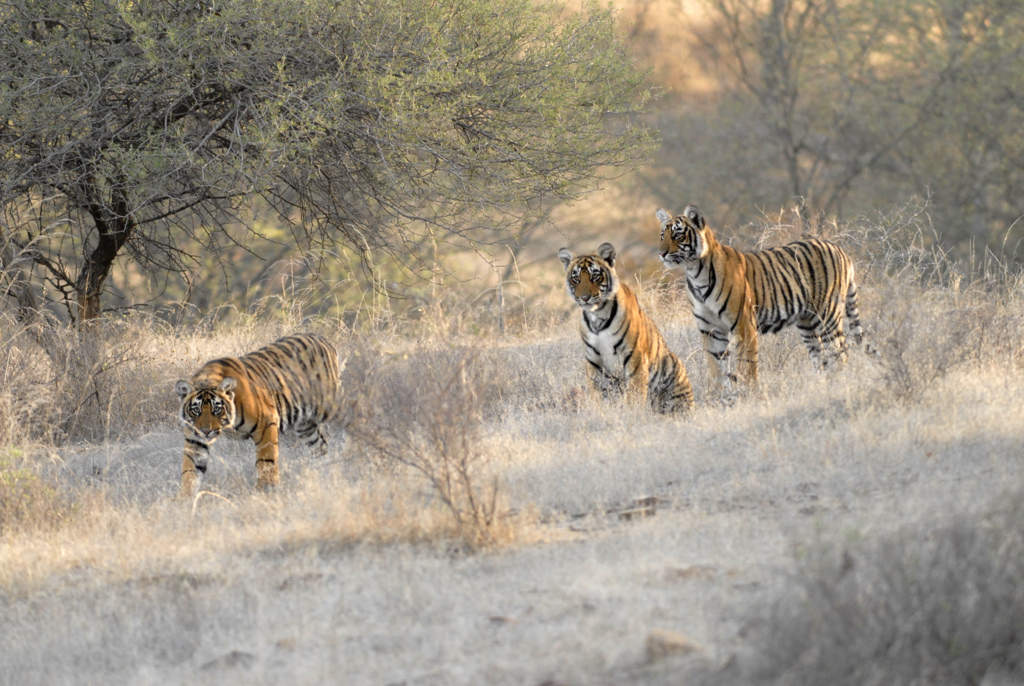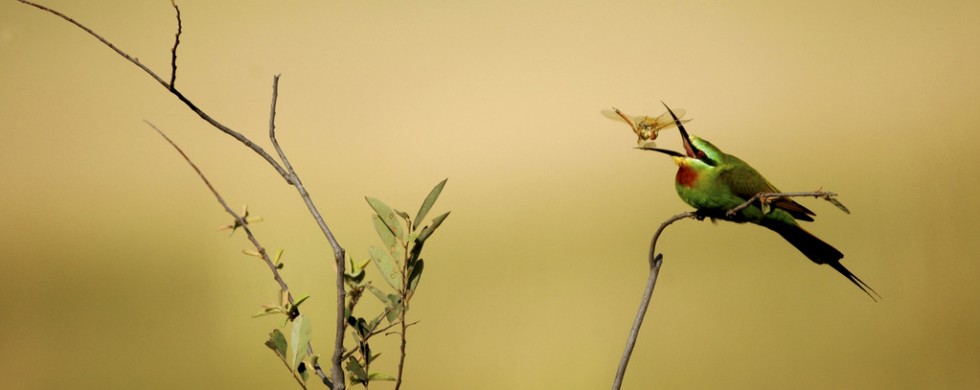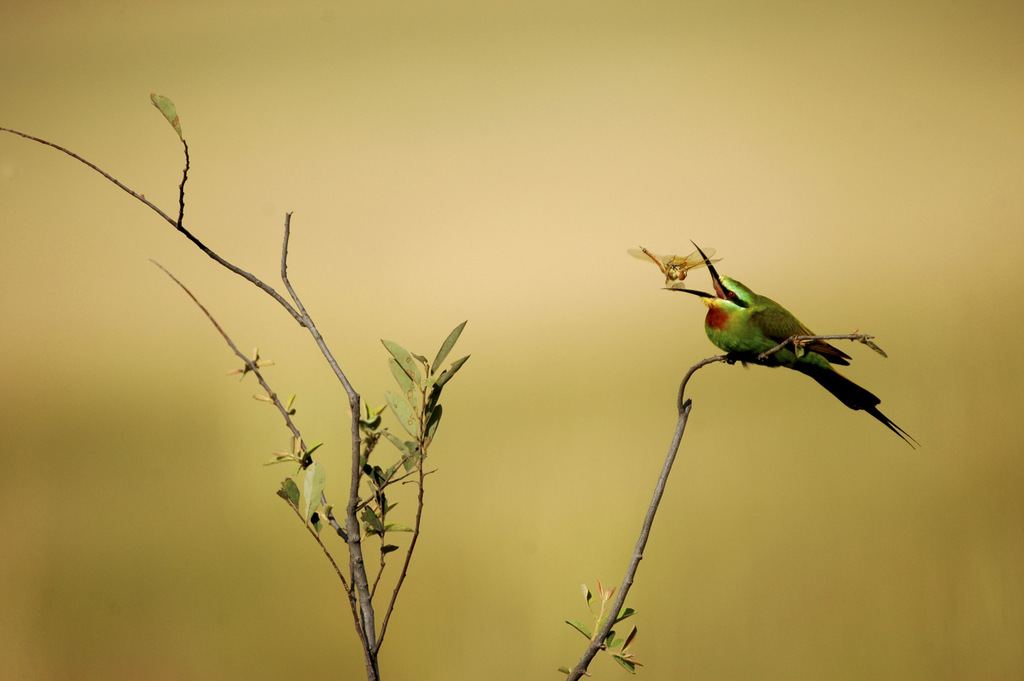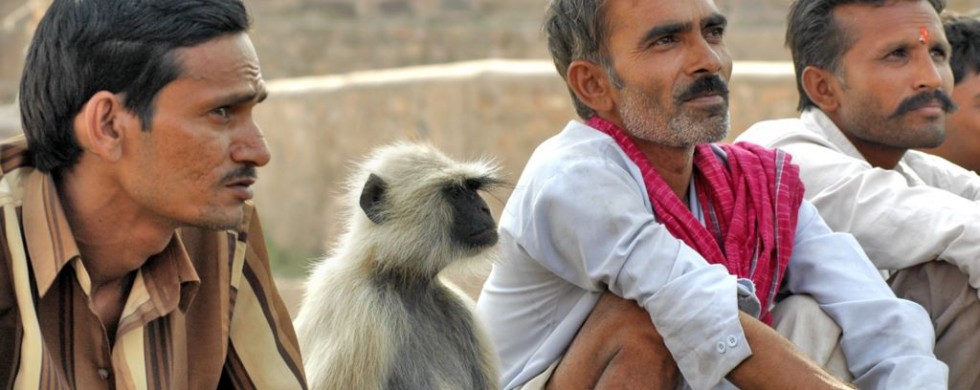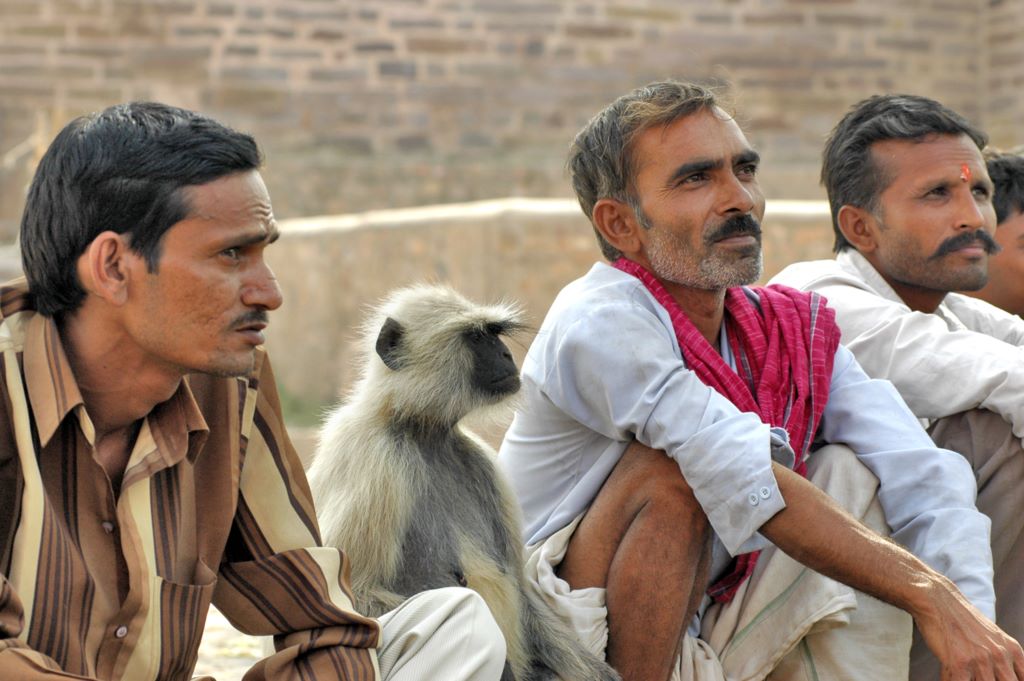15
Shot of the Month – October 2008
The story behind this image is not so much about the technical challenges in getting it, there weren’t many, but rather about people’s reaction to it.
This photo is perhaps the most popular image that I have in my collection. People always respond strongly to it – most comments begin with some verbal variation of “awwwhh….”
I had seen this zebra behavior for many years but could never actually get the shot — by the time I could stop and get set up to take the photo the zebras would invariably move, raise one head, or make some other movement that would ruin that perfect symmetry.
This shot was taken in Tanzania, during a hot afternoon. With the sun high in the sky the lighting was about as bad as it can get—the light was dull and drained of color. As we came around a corner I saw that the plain was full of zebras. I immediately stood up through the open roof of the vehicle and began to scan the horizon. I knew from previous experience that zebras often displayed this behavior under these types of conditions. Within a few seconds, I saw the outline of these two zebra and quickly told the driver to stop before we got too close. I threw the bean bag on the roof of the car and quickly squeezed off a shot with my lens set at its maximum range of 800 mm. A second later the zebras moved. I took more shots but only the first one came close to the ideal. It is often like that—the first shot is your only shot.
I actually find this shot rather, well, boring. The colors are not very interesting. I just don’t find it very compelling. But this is an example where an especially powerful behavior trumps aesthetics.
People react strongly to this shot. Some give a little gasp. Others cooo. People find it highly romantic, cute, endearing, loving–you get the idea.
For the romantics in the crowd, read no further, as I am about to give away the ending. The reality is that this behavior is less about camaraderie than it is about survival. It gets tiring standing out there on the plains all day, especially during the hottest part of the day. It would be great to sit or lie down but that is very dangerous with lions, cheetahs, leopards, and hyenas on the prowl. So, zebras will stand astride resting their head on their neighbor’s back. This takes the strain off their neck while still maintaining their diligence in looking for predators. The “hug” position ensures that no predator can sneak up on them since, as each is looking in the opposite direction, together they have a full 360-degree view of the plain around them.
Zebra are actually quite ornery, ill-tempered creatures. The males especially are always nipping at each other, fighting, kicking, biting, and engaging in just about any other anti-social behavior you can imagine. In zoos, zebras typically are kept away from the other animals as they have a habit of biting off the other animal’s tails.
The zebra hug, love, or just survival? This world could definitely use a few more hugs, so let’s just keep it as our little secret.

